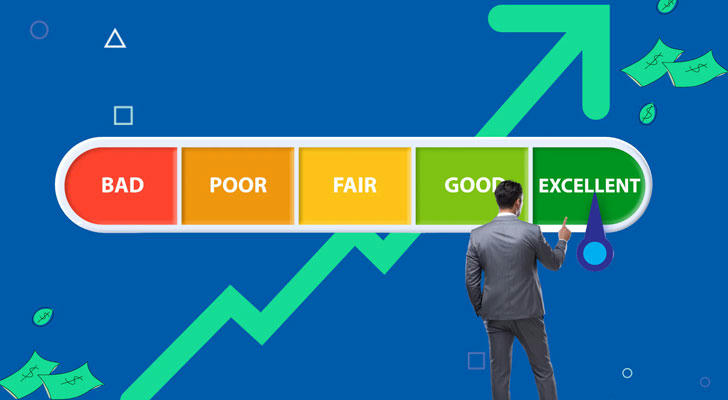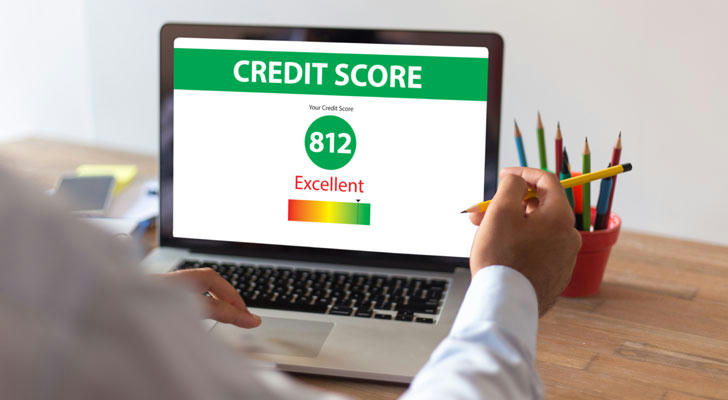FICO vs. VantageScore: Understanding the U.S. Credit Score System and How to Improve Yours
Your credit score is one of the most important numbers in your financial life. It affects your ability to get loans, credit cards, and even rent an apartment. But did you know that there are two major credit scoring models used in the U.S.? Many people are familiar with FICO, but VantageScore is also widely used. Understanding the differences between them and learning how to improve your score can significantly impact your financial future.
In this article, we’ll break down the key differences between FICO and VantageScore, share real-life stories of people who successfully improved their credit, and provide actionable tips to boost your score.

FICO vs. VantageScore: What’s the Difference?
Both FICO and VantageScore are used by lenders to assess your creditworthiness, but they have some key differences:
| Feature | FICO Score | VantageScore |
|---|---|---|
| Score Range | 300 - 850 | 300 - 850 |
| Minimum Credit History Required | At least 6 months | As little as 1 month |
| Weighting of Late Payments | More severe for recent late payments | Considers overall payment history |
| Use by Lenders | Used by 90% of top lenders | Growing in popularity but not as widely used |
While both scores range from 300 to 850, the calculation methods differ slightly. FICO places a heavier emphasis on payment history, while VantageScore considers overall trends in borrowing behavior.

Real-Life Success Story: How Maria Increased Her Credit Score by 150 Points
Maria, a 32-year-old nurse from Texas, had always paid her bills on time. However, her credit score remained stuck at 620 due to a high credit utilization rate. She decided to take action:
Reduced Credit Utilization – Maria paid down her credit card balances from 80% to 25% of her credit limit.
Became an Authorized User – She was added as an authorized user on her brother’s credit card, which had a long history and a perfect payment record.
Used Credit Mix to Her Advantage – She opened a small personal loan and made on-time payments, diversifying her credit profile.
Within six months, Maria’s credit score jumped to 770, qualifying her for lower interest rates on loans and better financial opportunities.
How to Improve Your Credit Score (FICO & VantageScore)
1️⃣ Make Payments on Time – Payment history accounts for about 35% of your score. Even one missed payment can hurt your credit.
2️⃣ Lower Your Credit Utilization – Try to keep your credit card balances below 30% of your total credit limit.
3️⃣ Check Your Credit Reports for Errors – Visit AnnualCreditReport.com to get free copies of your reports and dispute any mistakes.
4️⃣ Diversify Your Credit – A mix of installment loans (car loans, mortgages) and revolving credit (credit cards) can improve your score.
5️⃣ Avoid Opening Too Many Accounts at Once – Each hard inquiry can slightly lower your score, so be strategic when applying for new credit.

Conclusion
Understanding the differences between FICO and VantageScore is essential for managing your financial health. By following proven strategies like reducing credit utilization, making on-time payments, and diversifying credit types, you can significantly boost your score. Just like Maria, small changes in your financial habits can lead to major improvements in your creditworthiness.
